Have you ever stood still in a forest, closed your eyes, and just listened? The symphony of bird calls that surrounds you isn’t just beautiful—it’s a treasure trove of information. While most bird watchers rely heavily on visual identification, developing your auditory skills can transform your birding experience and connect you more deeply with the natural world. Bird tracking by ear allows you to identify species hidden in dense foliage, recognize birds before seeing them, and even map territories based solely on vocalizations. This ancient skill, practiced by indigenous trackers for millennia, is now experiencing a renaissance among modern naturalists. Let’s explore how you can develop this remarkable ability and open your senses to the hidden avian world that surrounds you every day.
Why Bird Tracking by Ear is a Valuable Skill
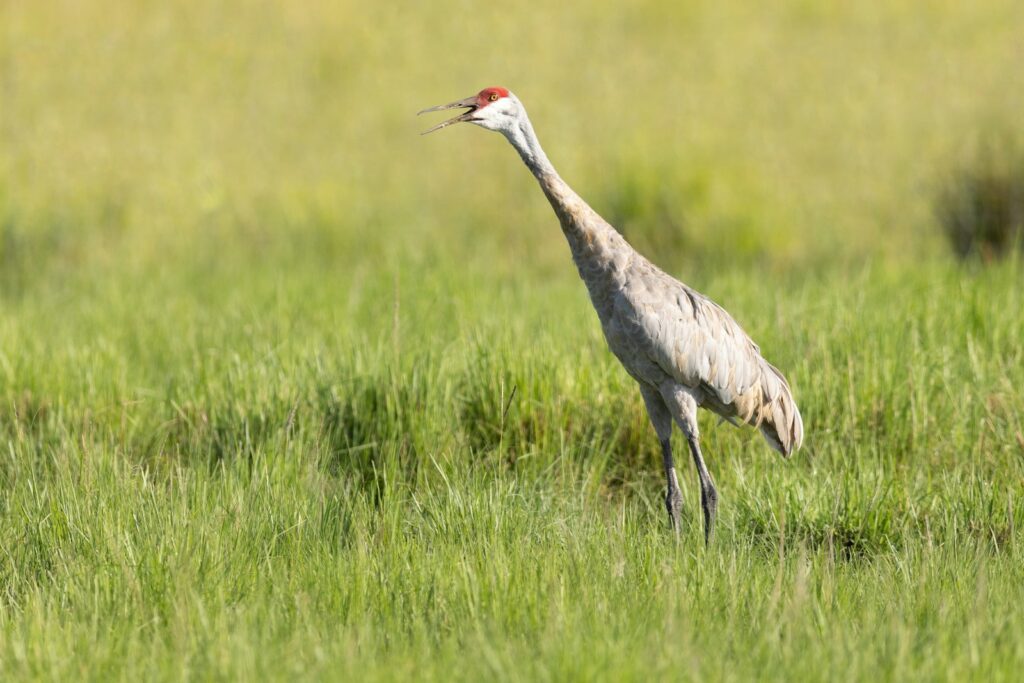
Auditory bird tracking offers several advantages that visual identification cannot match, particularly in challenging environments. In dense forests, wetlands, or at night, birds are often heard long before they’re seen—and many may never be visually spotted at all. Research suggests that experienced birders identify up to 80% of birds by sound rather than sight during spring surveys. This skill dramatically increases your awareness of biodiversity, allowing you to detect species that remain visually elusive but vocally active. Additionally, ear-based tracking provides valuable data about bird behavior, territoriality, and movement patterns that visual observation alone might miss. For serious naturalists and casual enthusiasts alike, developing this skill transforms a walk in nature from a passive experience into an immersive journey through layers of subtle communication.
Understanding the Different Types of Bird Sounds
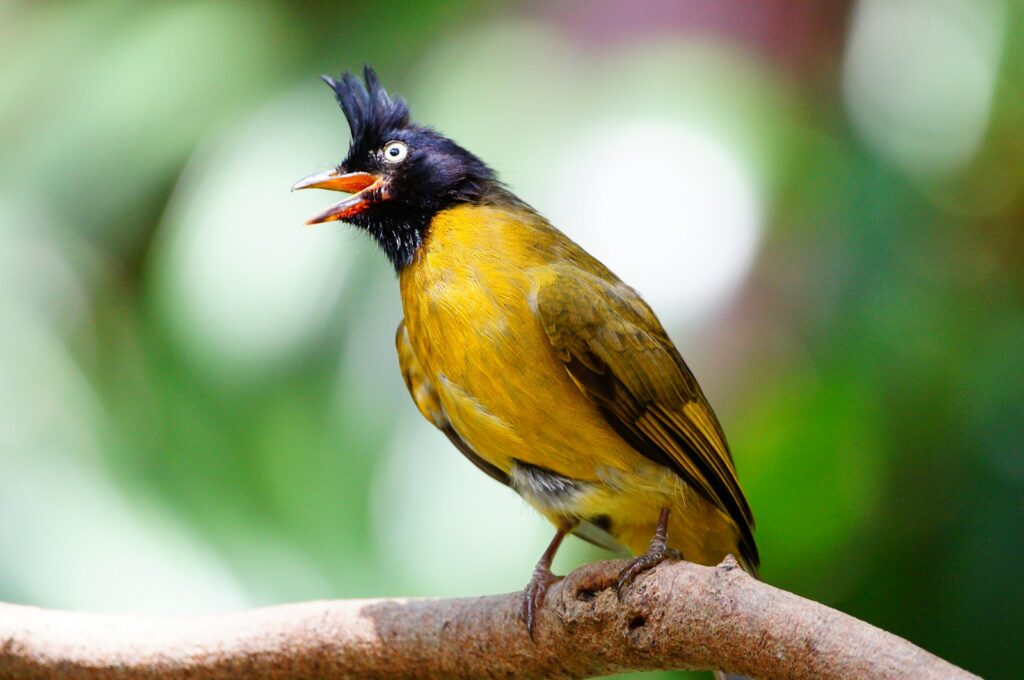
Birds produce a remarkable variety of vocalizations that serve different purposes in their daily lives. Songs are typically longer, more complex patterns used primarily by males to establish territory and attract mates, especially during breeding season. Calls, by contrast, are shorter, simpler sounds that function as alarm signals, contact maintenance, or flight coordination within flocks. Beyond these, birds produce non-vocal sounds like drumming (woodpeckers), wing whistles (mourning doves), or bill clacks (storks) that can be equally distinctive for identification. Some species have extensive repertoires—the brown thrasher, for example, can produce over 1,000 distinct song variations, while mockingbirds famously mimic dozens of other species. Understanding these categories helps you mentally organize the sounds you’re hearing and forms the foundation for accurate identification. When you hear a sound, your first question should be: “Is this a song, call, or mechanical sound?” before proceeding to more specific identification.
Essential Equipment for Auditory Bird Tracking

While the most important equipment for auditory bird tracking is a pair of well-trained ears, a few tools can significantly enhance your learning process. A quality field guide that includes sonograms (visual representations of bird sounds) provides valuable reference material; the Sibley Guide and the Cornell Lab’s Bird Songs Bible are excellent options that pair visual elements with detailed sound descriptions. Digital tools have revolutionized auditory learning, with apps like Merlin Bird ID and BirdNET offering instant sound identification from your smartphone recordings. For serious enthusiasts, a directional microphone like the Telinga parabolic or even a basic shotgun mic can help isolate distant calls for clearer identification or recording. Remember, however, that technology should supplement rather than replace ear training—the goal is to develop your perceptual abilities that function independently of devices. Start with minimal equipment and add specialized tools only as your skills advance and specific needs emerge.
Training Your Ears to Recognize Key Sound Patterns

Developing aural perception for bird sounds follows principles similar to learning music, with consistent practice yielding gradual improvement. Begin by focusing on rhythm patterns—is the song even and measured like an American robin’s “cheerily, cheer up” or an erratic series like a house wren’s bubbling cascade? Next, attend to pitch characteristics: high and thin like a cedar waxwing, or deep and resonant like a mourning dove? Tonal quality provides another dimension—the flute-like purity of a wood thrush versus the harsh “check” of a red-winged blackbird. Starting with just five common species in your area, listen repeatedly to recordings, then test yourself with your eyes closed. Many experts recommend using mnemonic phrases to capture distinctive patterns—for instance, the eastern towhee’s “drink-your-tea” or the barred owl’s “who cooks for you?” This technique creates a verbal anchor that helps your brain organize and recall specific sound signatures. With consistent practice, these patterns will become as recognizable as familiar human voices.
Mastering the Language: Common Bird Sound Vocabularies
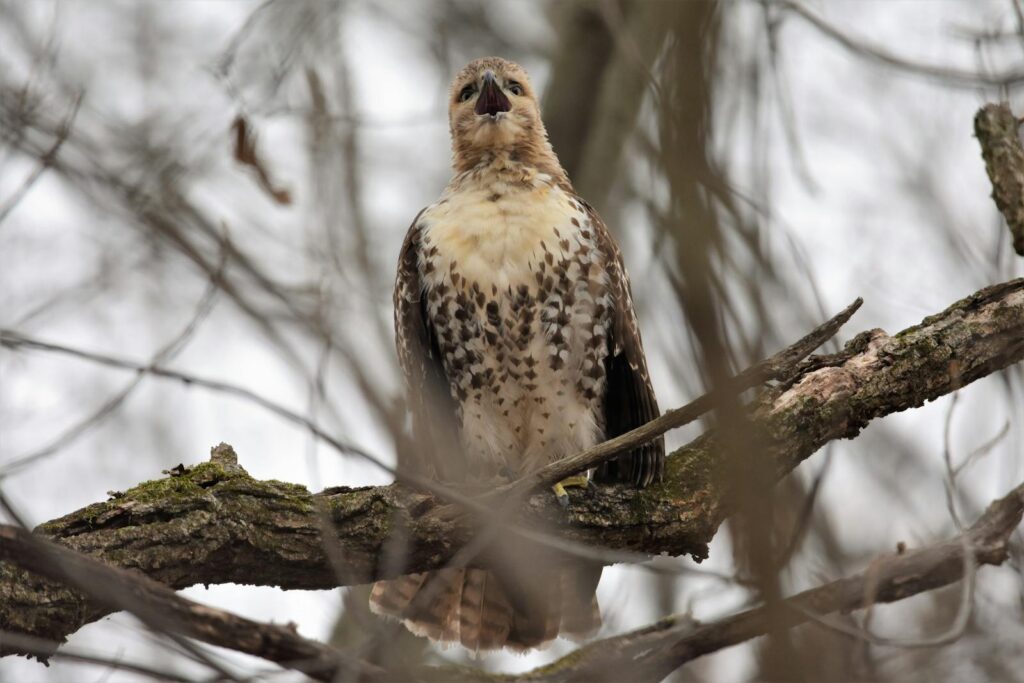
Building a mental library of bird sounds requires developing a specialized vocabulary that captures distinctive audio qualities. Ornithologists have established terms that precisely describe sound characteristics: “buzzy” for the indistinct vibrato quality of prairie warbler songs, “liquid” for the flowing notes of a rose-breasted grosbeak, or “plaintive” for the melancholy whistle of a white-throated sparrow. Learning this descriptive language helps you create mental categories and improves your ability to remember and distinguish similar sounds. The official bird sound lexicon includes terms like “trill” (rapid repetition of a single note), “warble” (continuous, rapid changing of pitch), and “chatter” (fast, sharp notes in sequence). When learning new bird sounds, practice describing them using this vocabulary, perhaps keeping a sound journal where you record your impressions alongside the official species name. This deliberate practice of naming what you hear accelerates your ability to recognize patterns and distinguish subtle differences between similar-sounding species.
Location and Habitat as Identification Clues
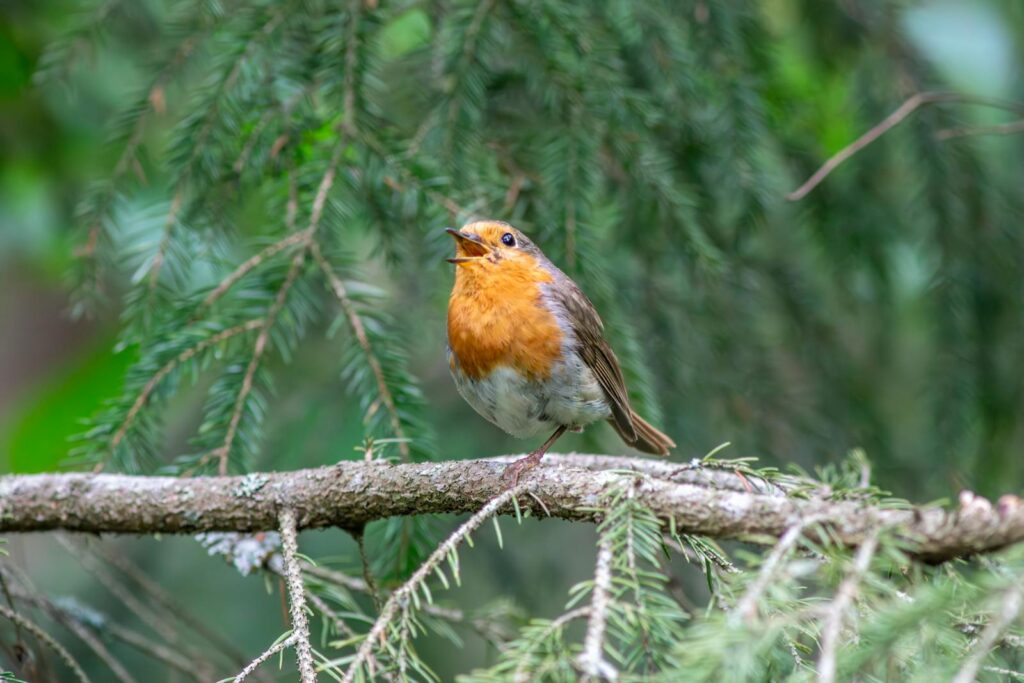
Context provides critical information that can dramatically narrow identification possibilities when tracking birds by ear. Different habitats support distinct bird communities, creating predictable sound profiles based on location. Marshlands typically feature the distinctive conk-la-ree of red-winged blackbirds and the rhythmic wak-wak-wak of Virginia rails, while mature forests might showcase the ethereal flute-like song of a wood thrush or the “teacher-teacher-teacher” cadence of an ovenbird. Elevation also impacts species distribution, with high-elevation forests hosting birds like the Bicknell’s thrush that would never be found in lowland areas. Seasonal timing further refines possible identifications—the buzzy song of a blue-winged warbler in May likely indicates a breeding territory, while the same sound in September would be highly unusual. By studying habitat associations in your region and understanding seasonal patterns, you create a contextual framework that makes identification by ear significantly more accurate and efficient, essentially letting you predict what you’re likely to hear before your ears detect a single note.
Triangulation: Pinpointing Bird Locations by Sound

Triangulation represents an advanced auditory tracking skill that allows you to determine a bird’s precise location using only sound cues. The technique involves listening from multiple positions to create intersecting directional lines that reveal the source of a call or song. To practice this skill, identify a consistent singer like a cardinal or robin, then listen carefully while noting the apparent direction of the sound. Move at least 15-20 meters to a new position at approximately a 90-degree angle from your first location, and again determine the apparent direction of the same singing bird. Mentally extending lines from both listening points will create an intersection that often pinpoints the bird’s location with surprising accuracy. Human ears detect minute differences in sound arrival time between our left and right ears (interaural time difference), allowing for directional hearing accurate to about 1-2 degrees. This natural ability, refined through practice, enables experienced auditory trackers to mentally map territories and movements of multiple birds simultaneously, creating a three-dimensional understanding of avian activity that visual observation alone cannot provide.
Decoding Bird Behavior Through Sound Variations
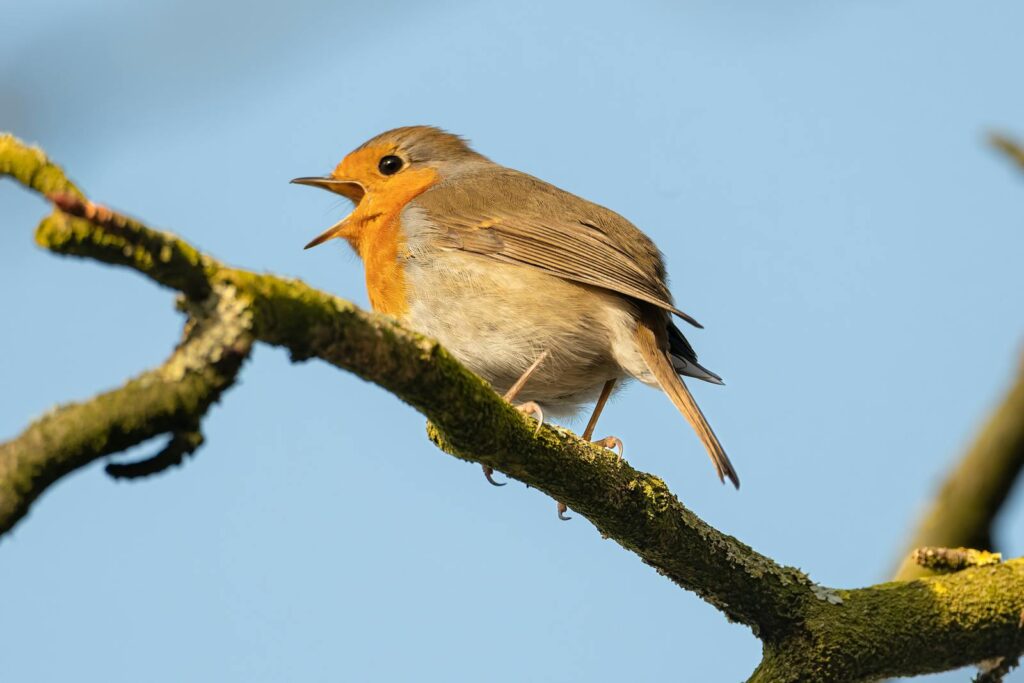
Birds modify their vocalizations based on behavioral contexts, creating subtle variations that reveal their activities and intentions. Alarm calls—often short, sharp, and repetitive—indicate perceived threats, with different tones used for ground predators versus aerial hunters. The chickadee’s classic “dee-dee-dee” adds more “dee” syllables as threat levels increase, functioning as a graduated warning system. Courtship sounds differ markedly from territorial declarations, often featuring softer, more complex passages designed to attract rather than intimidate. Many species employ distinctive flight calls that maintain group cohesion during migration or local movements, with the thin “seep” notes of night-migrating warblers being a classic example. By learning these contextual variations, you gain insight into what birds are doing, not just which species is present. This deeper understanding transforms simple identification into true behavioral tracking, allowing you to “read” avian activities through sound alone—whether it’s the excited feeding chatter of a flock that’s discovered abundant resources or the intense territorial countersinging of neighboring males establishing boundaries.
Regional Dialects and Sound Variations

Bird vocalizations exhibit fascinating geographic variations that function similarly to human dialects, creating regional sound signatures that advanced listeners can detect. White-crowned sparrows demonstrate perhaps the most well-studied example, with distinct song patterns that vary between coastal and inland populations across North America. These dialectal differences develop through cultural transmission as young birds learn songs from neighboring adults, gradually shifting patterns across geographic space. Environmental factors also influence sound production, with birds in dense forests typically using lower-frequency sounds that travel better through vegetation compared to the higher, more complex songs of open-country species. Urban birds often modify their songs to cut through city noise, singing at higher pitches or during quieter pre-dawn hours. For serious auditory trackers, recognizing these regional variations adds another dimension to identification skills and can provide insights into a bird’s origins or migration history. Some researchers can even identify specific populations of migratory species by subtle dialectal differences, demonstrating the remarkable precision possible with well-trained ears.
Recording and Analyzing Bird Sounds
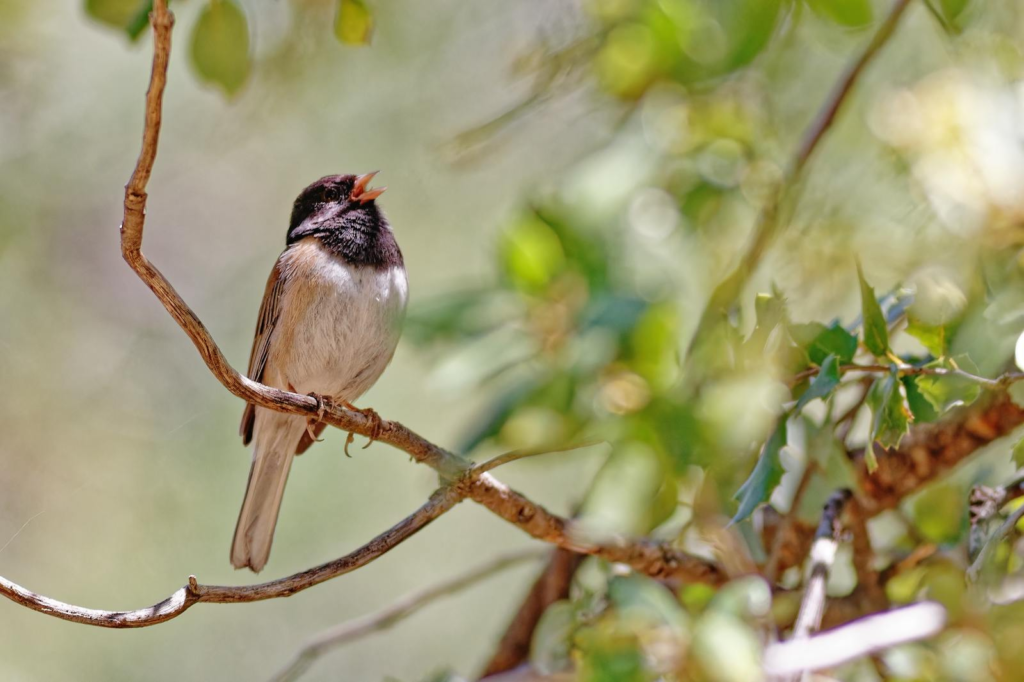
Modern technology offers powerful tools for documenting and studying bird sounds, dramatically accelerating the learning process for auditory tracking. Smartphone applications like Cornell’s Merlin Bird ID now include sound identification features that instantly analyze recorded bird vocalizations and suggest likely species matches. For more detailed analysis, free software like Audacity or specialized programs such as Raven Lite allow you to create spectrograms—visual representations of sound that display frequency, duration, and amplitude patterns. These visual aids help train your ear to recognize subtle differences between similar-sounding species. Field recording techniques have also become more accessible, with affordable parabolic microphones and shotgun mics capturing distant sounds with impressive clarity. When recording in the field, maintain detailed notes about location, time, habitat, and observed behaviors to maximize the educational value of your sound library. Serious enthusiasts often develop personal databases of local recordings that, over time, document seasonal patterns, individual territories, and even yearly changes in population distribution—creating a rich auditory portrait of their local ecosystems that deepens their connection to place.
Seasonal Changes in Vocalization Patterns

Bird vocalizations follow distinct seasonal rhythms that provide valuable timing and behavioral information to the attentive listener. Spring brings the peak of vocal activity as breeding territories are established and maintained, with the dawn chorus reaching maximum intensity during May and early June in temperate North America. Individual species exhibit predictable singing patterns, with early breeders like great horned owls and common ravens becoming vocal in late winter, while later migrants like warblers reach peak song output in late spring. Summer typically brings a gradual decline in singing as territories are secured and nesting begins, though many species maintain regular but less frequent vocalizations. By late summer, songs diminish significantly as birds enter molt and juveniles begin dispersing, while fall migration triggers distinctive flight calls and transitional vocalizations. Winter in temperate regions features dramatically reduced singing, replaced by simpler contact calls that maintain flock cohesion. Understanding these seasonal patterns allows you to predict which species you’re likely to hear during specific periods and can alert you to unusual occurrences, like the unseasonal song of a summer resident in December that might indicate abnormal conditions or an injured bird unable to migrate.
Ethics and Etiquette in Auditory Bird Tracking
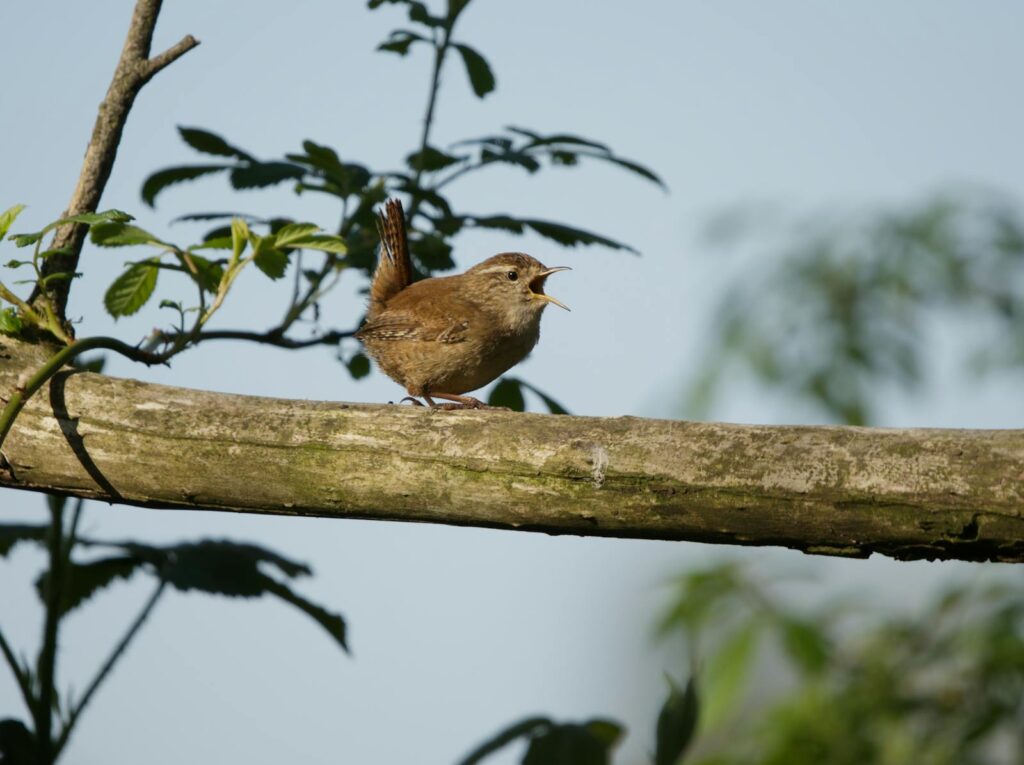
Responsible auditory tracking requires ethical awareness to minimize disturbance while gathering valuable information. The use of playback—broadcasting recorded bird sounds to elicit responses—demands particular caution as it can disrupt natural behaviors, especially during breeding season. Current guidelines from ornithological organizations recommend extremely limited playback use, restricting it to short segments (less than 30 seconds) with long intervals between attempts, and avoiding repetition with the same individual birds. Recording ethics similarly emphasize minimal disturbance, maintaining appropriate distances from nests or display areas, and following established wildlife observation protocols. Modern digital equipment often allows long-distance recording that minimizes your physical presence. When teaching others or participating in group outings, maintain quiet discipline and avoid unnecessary noise that might impact bird behavior or diminish the experience for other naturalists. Remember that each interaction creates a cumulative impact on wild birds, making mindful, respectful observation the cornerstone of ethical auditory tracking. By practicing and promoting these principles, you contribute to sustainable wildlife observation that balances human curiosity with avian welfare.
Putting It All Together: A Daily Practice Routine

Developing proficiency in auditory bird tracking requires consistent practice structured to progressively build your skills. Begin each day with intentional listening sessions, ideally during the dawn chorus when vocal activity peaks. Start with just 10-15 minutes of focused attention, logging every sound you can identify with certainty while noting unidentified vocalizations for later investigation. Challenge yourself to identify at least one new sound each week, researching and studying recordings until you can confidently recognize it in the field. Create personalized learning playlists featuring the common sounds of your region, organized by habitat type or seasonal occurrence. During regular walks, practice what experts call “birding by impression,” forming immediate reactions to sounds before analyzing details—this develops the intuitive recognition that characterizes advanced listeners. Maintain a sound journal documenting new identifications, unusual patterns, or contextual observations that deepen your understanding. Participate in group activities like bird sound workshops or dawn chorus walks, where you can learn from experienced practitioners. Remember that auditory skill development follows a predictable pattern of initial rapid progress followed by plateaus—persistent practice during these plateaus eventually triggers breakthrough moments when previously challenging identifications suddenly become intuitive.
Conclusion
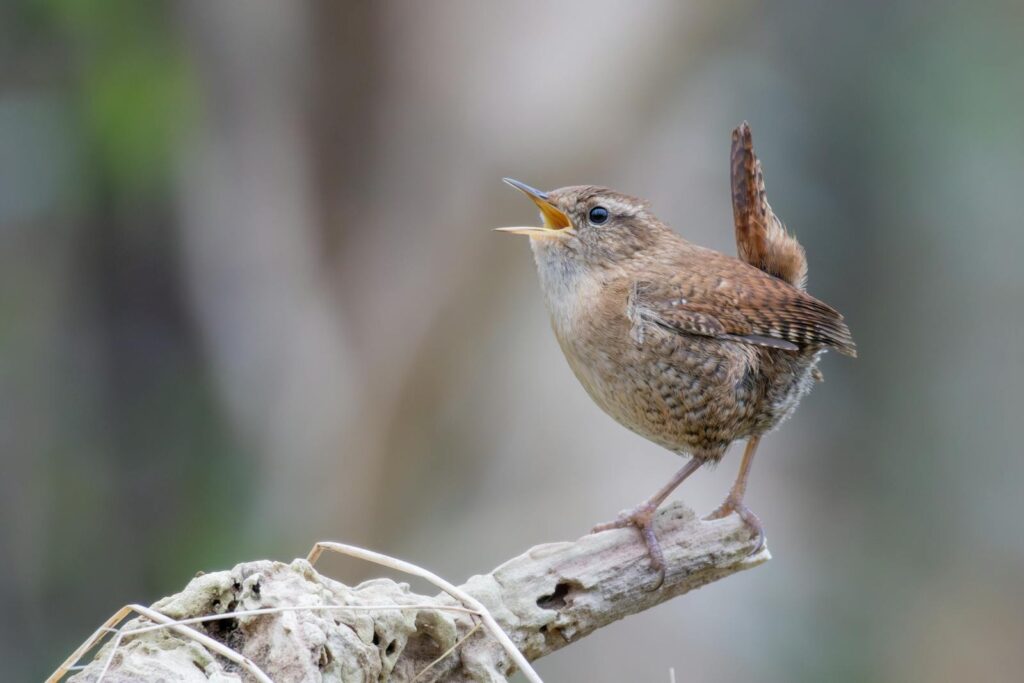
The ability to track and identify birds by ear opens a dimension of natural awareness that transforms ordinary outdoor experiences into extraordinary adventures in perception. Through dedicated practice and gradual skill-building, you develop a relationship with the soundscape that connects you to ecological patterns and processes invisible to casual observers. This ancient skill—perceiving the world primarily through sound rather than sight—realigns our senses with evolutionary capabilities often neglected in our visually dominated modern world. As your auditory tracking abilities develop, you’ll discover that birds become markers for entire ecosystems, their voices revealing seasonal shifts, predator movements, and resource availability. The quiet pleasure of identifying an unseen warbler by its distinctive song, or tracking an owl’s silent progress through nighttime woods by the alarm calls of smaller birds, offers a profound connection to place that enriches both scientific understanding and personal fulfillment. By training your ears to truly hear the birds, you unlock a hidden natural language that has surrounded humanity throughout our existence, waiting patiently to be understood.
